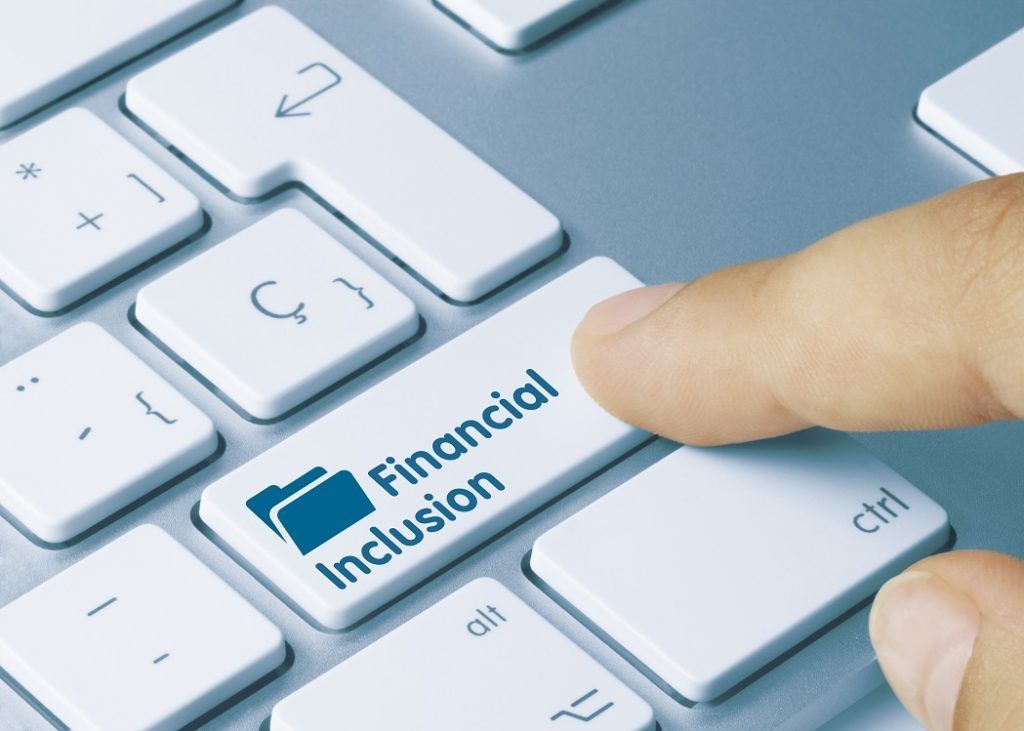Financial inclusion: Of opt-out options, RBI diktats, and banks’ own foot-dragging

A policy cornerstone of every government in modern India, financial inclusion is the delivery of financial services in the rural areas and to the poor and marginalized sections at affordable costs – in other words, segments that banks would not normally serve had it not been for external regulations. It is commonly accepted that people with low incomes have a higher risk of financial problems due to an unstable income stream, low savings, and an unpredictable environment, all of which have a multiplier effect in times of emergency and personal distress. With no social security program in this country, they are left to fend for themselves.
Barriers to finance for these sections include distance, lack of infrastructure, suitable and affordable products, and education. In some ways, financial inclusion can solve these problems by making them less dependent on loan sharks, usury, and other desperate measures and giving them economic security. This is vital for them and the nation’s inclusive growth. Financial inclusion initiatives can take various forms, but in corporate India, it is usually limited to providing basic financial services to the rural poor (the underserved segment), funding microfinance institutions and self-help groups (SHGs), and providing financial literacy.

It must be kept in mind that this set of customers is highly varied in itself, not to mention completely different from the urban, middle-class segment that banks typically prefer to cater to. From their lack of a ‘proper’ credit history to the seasonality of their income and expenditures, standard financial solutions cannot be employed here. Also, depending on the work type, the products must be customized. A migrant laborer will have different requirements from a small farmer, who, in turn, won’t have the same needs as a landless farmer. The informal credit sector takes the lion’s market share in rural and backward regions. Various studies have shown that it is the most socially oppressed groups, like manual workers, who have to rely on these sources.
READ MORE :
- Mayor Emanuel and the speech of his life
- Beauty Products Coupons and Discount Offers
- Sempra Energy’s Unit IEnova Awarded Its First Two Solar Energy Projects In Mexico
- Useful Services Offered By Land Surveying Companies
- Four Trends That Define the Future Of Mobile App Development
In India, several schemes have been initiated by the central and state governments for financial inclusion. It has been a mainstay of the country’s banking policy for decades, and with a sizeable chunk of the population outside the formal financial system, it has become even more urgent to bring them into the fold. As per a 2015 Brookings Institution report, India accounts for 21% of the world’s and 67% of South Asia’s unbanked population. Just over half of the country’s 15 years+ population have bank accounts, according to the 2014 World Bank data – the figure is 79 percent for China. About 15 percent of the population have savings, and a measly six percent have borrowed from the formal credit sector. In response to these glaring disparities, the current government launched the Pradhan Mantri Jan-Dhan Yojana (PMJDY) in 2014 to enable universal access to banking facilities. This program’s main feature is setting up at least a basic banking account for every household, financial literacy, and access to credit, insurance, and pension facilities. Although the jury is still out on its impact, it has been one of the more well-intentioned programs on financial inclusion and is easily one of the largest in the world, Page Design Pro.